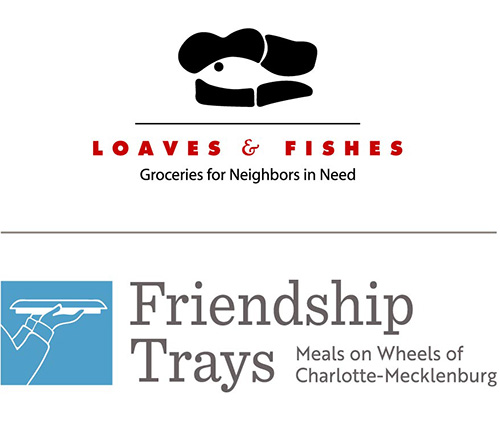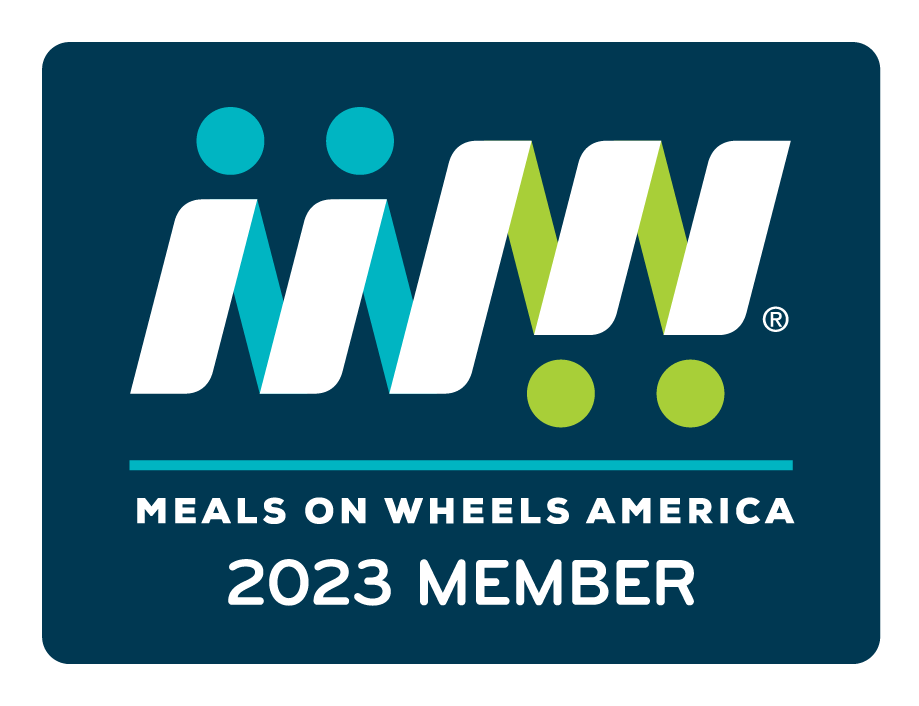5/2/19 Brian Kennedy, NC Justice Center
Brian Kennedy, Public Policy Analyst in the Budget and Tax Center at North Carolina Justice Center, spoke to UNITY on Thursday, May 2. The release of the 2019 County Snapshots is delayed until mid-May, but Brian shared some of the data analyzed thus far.
Hunger in North Carolina
- 590,000 North Carolina households don’t have enough to eat. North Carolina has the 10th highest rate of food insecurity in the nation at 12.6%. 229,000 households report missing meals.
- Supplemental Nutritional Assistance Program (SNAP) benefits lift more than 160,000 individuals out of poverty each year.
- 9,700 grocers/retailers participate, pumped $2.14 billion into the state economy last year.
Hunger in District 12 (Alma Adams)
- 1 in 6 residents, 140,860 people, do not have enough to eat.
- 1 in 4 children, almost 40,000 children, are considered food insecure.
Poverty
- North Carolina currently ranks 14th in the nation for its high rate of poverty.
- 1 in 7 North Carolinians live in poverty of with income below $24,600 for a family of 4.
- 1 in 5 children live in poverty.
- Women are 20% more likely to experience poverty than men.
- Women of color are more than twice as likely to experience poverty than white men.
- Children of color are nearly three times as likely to experience poverty as white children.
- 1 in 10 older North Carolina residents live in poverty far below the state average.
- Top 29% of earners in the state account for more than 50 percent of earned income.
- 34% of North Carolinians are considered low income.
- A concentrated poverty neighborhood is one where 40% of more of residents live at or below the poverty level.
- Between 2000 and 2016, the number of concentrated poverty neighborhoods grew 300% across the state.
- The number of concentrated poverty neighborhoods in Charlotte doubled from 4 to 8. More low-income white families now live in concentrated poverty neighborhoods.
- Living Income Standard
- For a NC family of four to afford rent, transportation, child care, food, health care and other expenses, they will need to earn almost $53,000/year. Doesn’t include entertainment, meals eaten outside the home, cable television, costs for extracurricular school activities and gifts. The food budget is based on a thrifty food plan developed by the USDA which assumes families cook every meal at home and buy in bulk.
- People of color are twice as likely to live below the Living Income Standard.
- 1 in 8 families lives below the Living Income Standard.
- 59% of the people living below the Living Income Standard in NC are women.
The 2019 County Snapshots should be available any day! Keep checking the website, www.ncjustice.org.
 menu
menu




